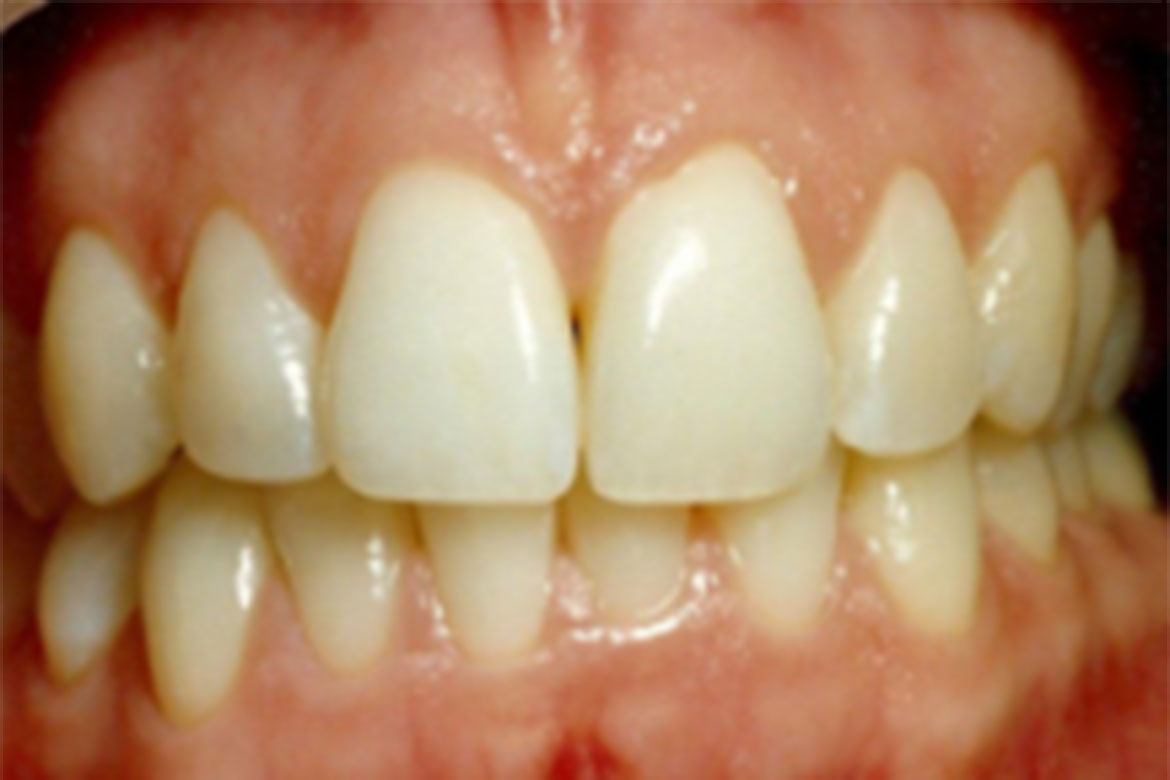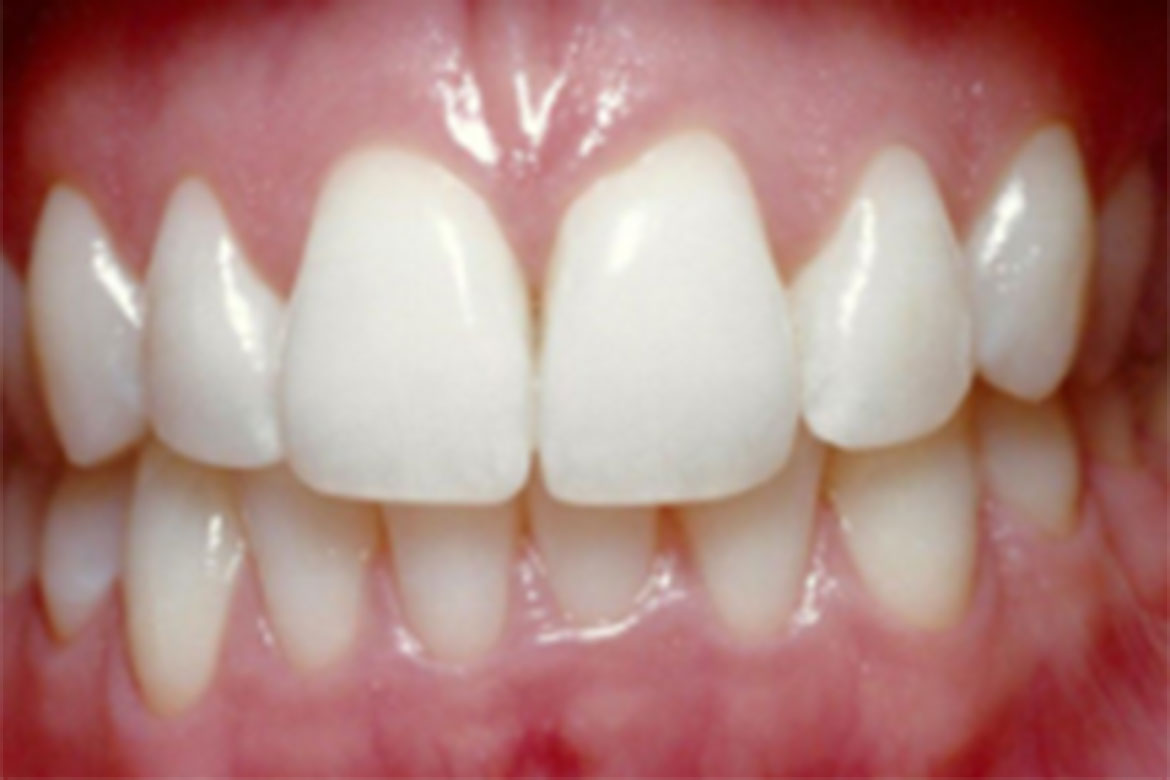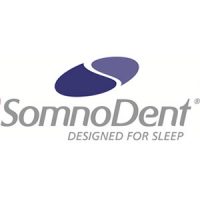IS IT SAFE?
What is Teeth Whitening?
Teeth can often take on a darker and unattractive appearance with age or from contact with staining substances such as tobacco, coffee, tea, wine. Teeth can become discoloured as a result of taking certain medications as a child, such as tetracycline, or excessive fluoridation (fluorosis) during tooth development.
Most discoloration can be removed by bleaching which is a very conservative, safe and non-invasive approach to creating a brighter, more appealing smile. It’s important, however, to have your teeth evaluated by your dentist to determine if you’re a good candidate for bleaching. There are some stains such as tetracycline and fluorosis, that are difficult to bleach, so other options, such as veneers or crowns may be required. Since teeth whitening only works on natural tooth enamel, it is also important to evaluate replacement of any old fillings, crowns, etc. before bleaching begins. Once the bleaching is done, your dentist can match the new restorations to the shade of the newly whitened teeth.
Since teeth whitening is not permanent, a touch-up may be needed every year to keep your smile looking bright.
SEE FOR YOUR SELF
The Evidence


Patients Teeth Before & After Teeth Whitening
How is Teeth Whitening done?
There are two commonly used methods for teeth whitening or bleaching: at-home and in-surgery. Both begin with a surgery consultation to determine if the patient is a good candidate for the bleaching process. The at-home technique is the most popular and least expensive. The surgery method allows Dr Biscoe to place a higher concentration of bleach over the teeth and to accelerate the bleaching process using a laser.
At-Home Method
A custom mouth piece or “tray” is made to fit your teeth by Dr Biscoe. This tray fits over the patient’s teeth and holds the bleaching material against the teeth for a specified period. Different concentrations of bleach are worn via the tray from as little as half an hour a day for an average of 10 to 14 days. The treatment is determined by the dentist and may differ for each patient. If the teeth become more sensitive to hot and cold, a “desensitizing” material may be used in the same tray. Results with this method are usually excellent.
Surgery Method
The gum tissues are covered to protect them from being irritated by a higher concentration of the bleaching material. The bleach is then activated by a high intensity light or a laser to accelerate the process. This method is repeated several times during the laser session. Dr Biscoe will sometimes recommend tray bleaching at home to enhance the results. Most patients require a touch-up after one to five years, depending on the patient’s habits and desires.
What about over the counter options?
Both at-home and surgery treatments are considerably more effective than the whiteners available from retail outlets. Over-the-counter products have much lower concentrations of bleach and sometimes use materials and ill-fitting trays that can cause damage to the teeth and gums.









